Choosing the right paint color for your kitchen can completely transform the feel of the space. Whether you’re after a cozy, inviting vibe or something fresh and modern, your kitchen walls set the tone. From soft neutrals to bold statement shades, the color you choose not only affects the room’s look but also how it feels to live and cook in. In this guide, we’ll explore the best kitchen paint color ideas and what to consider before making your final choice—so you can create a space that’s both beautiful and functional.
Things to Consider When Choosing Kitchen Wall Colors
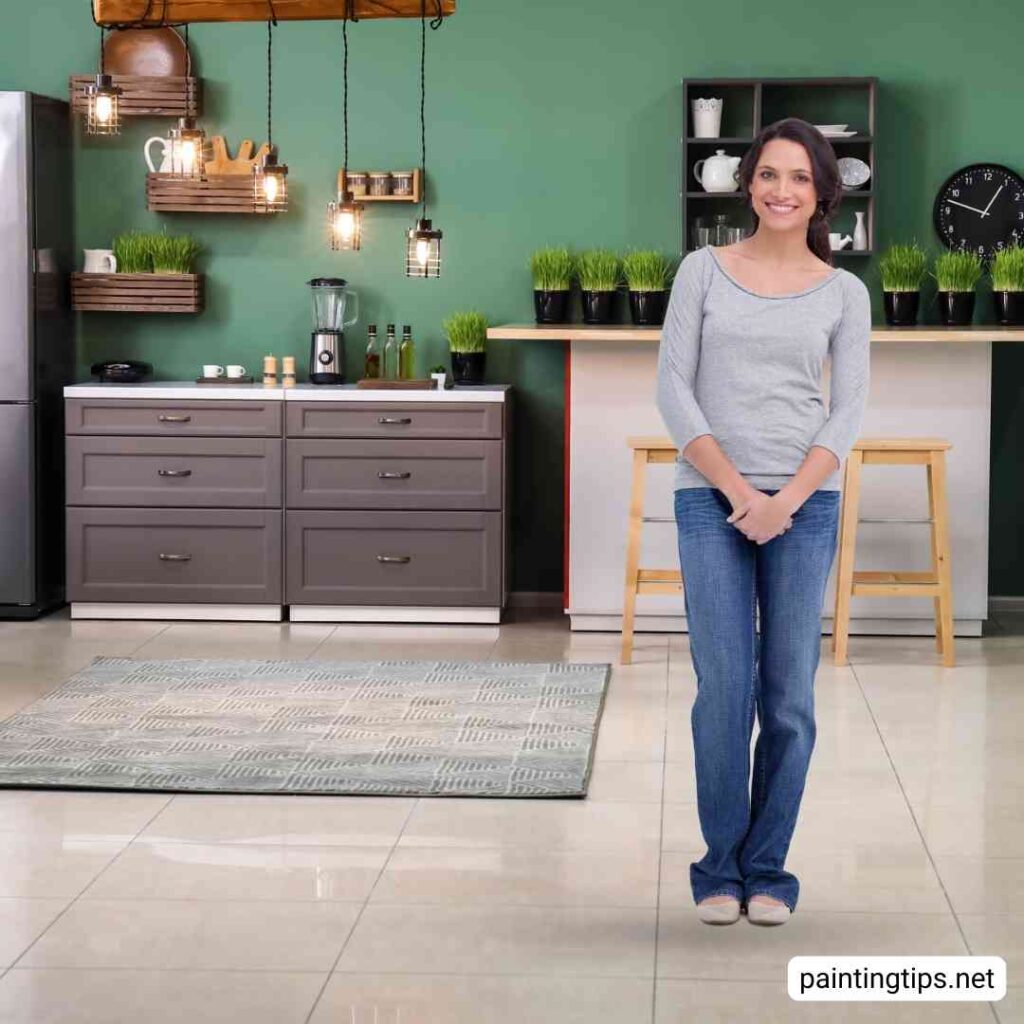
When planning your kitchen’s interior design, choosing the right wall color plays a major role in setting the tone of the space. The color you pick should complement your kitchen cabinets, creating a cohesive and stylish look. For example, pairing white or natural wood cabinets with light gray or soft beige walls offers a timeless, balanced design that never goes out of style.
Lighting also matters—a lot. If your kitchen gets plenty of natural light, consider soft neutrals or pastel shades to keep the space airy and bright. For darker kitchens, warmer hues like creamy yellow or soft terracotta can add warmth and make the space feel more inviting.
Think about how your kitchen fits into the overall color flow of your home. Do you want the wall color to blend in or stand out as a bold focal point? Sticking to a consistent palette helps maintain visual harmony across rooms, while a standout shade like navy blue or deep green can give your kitchen personality and presence.
Kitchen Wall Color Ideas
Choosing the right wall color can completely transform the look and feel of your kitchen. Whether you’re aiming for a bright and airy space or something warm and cozy, your wall color sets the tone. Below, you’ll find a variety of kitchen wall color ideas to inspire your next makeover—no matter your style or kitchen layout.
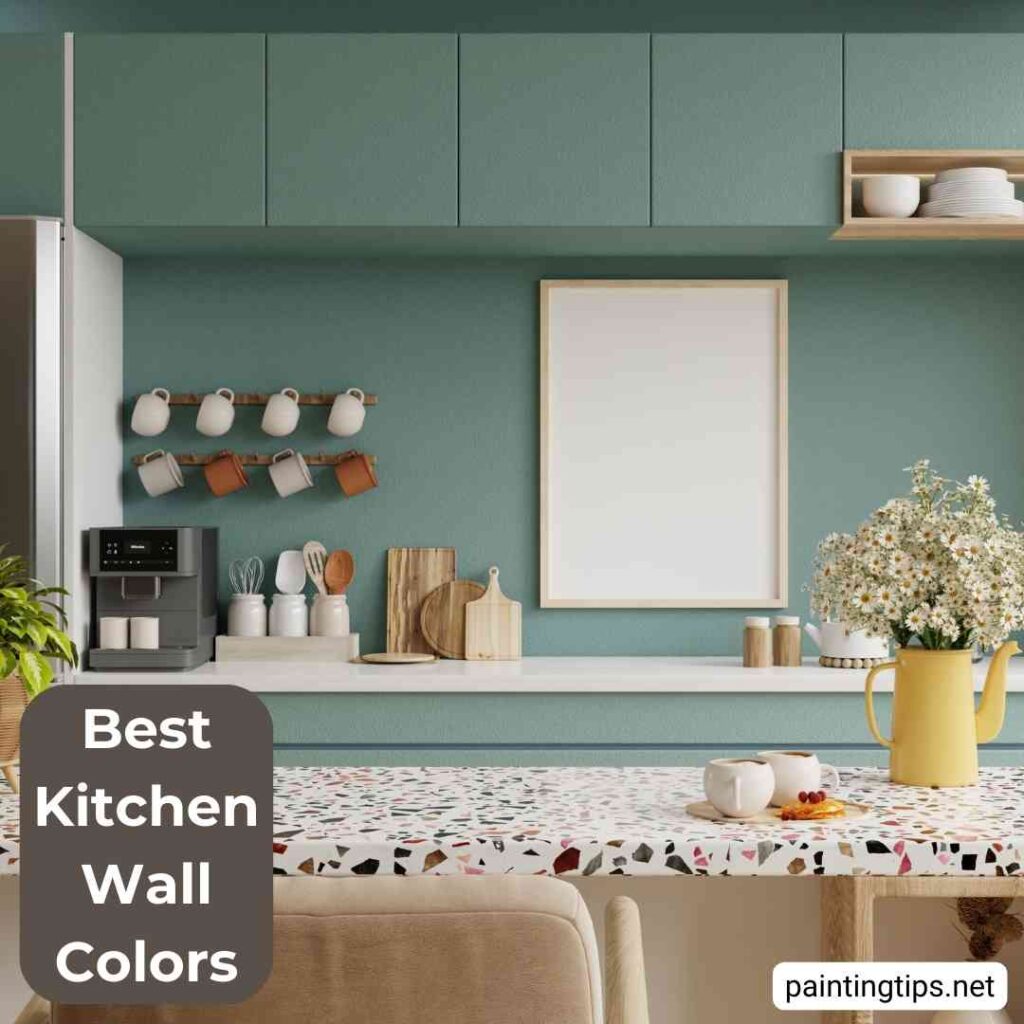
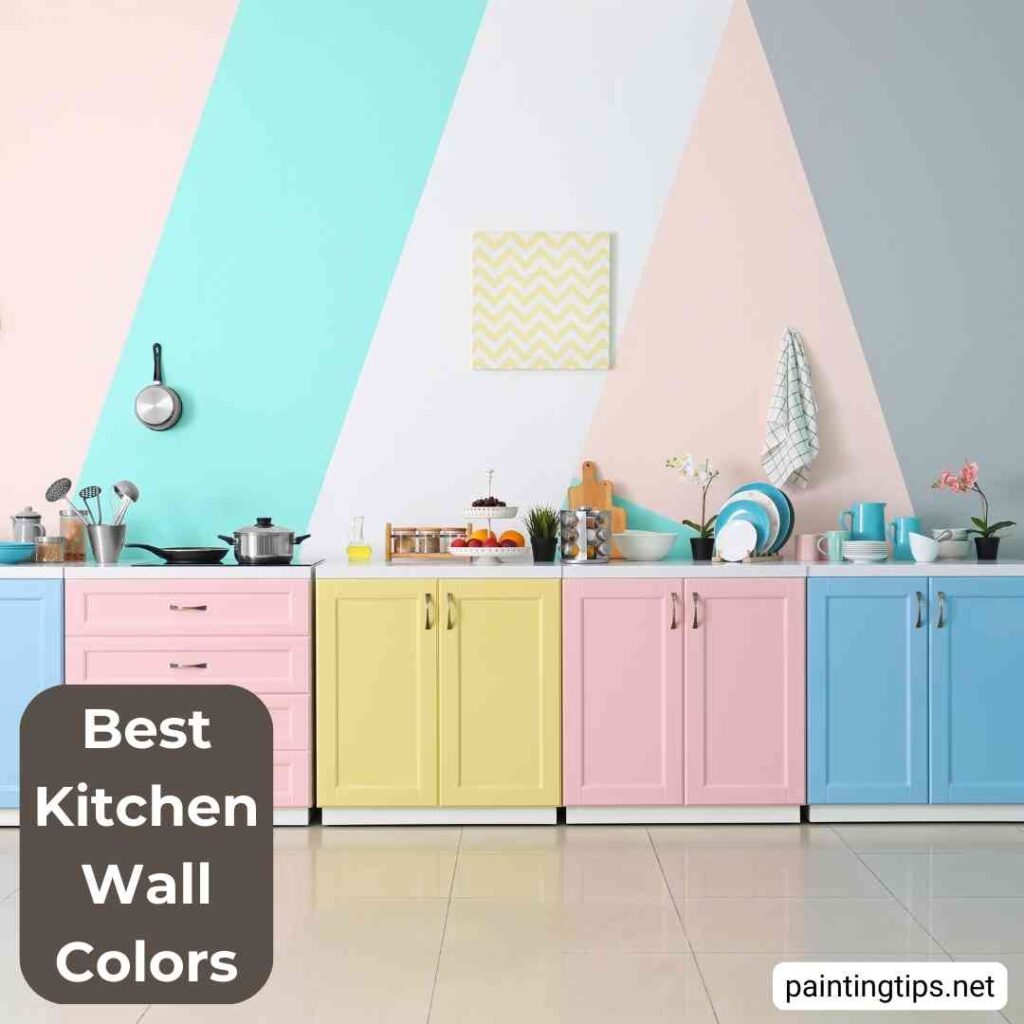

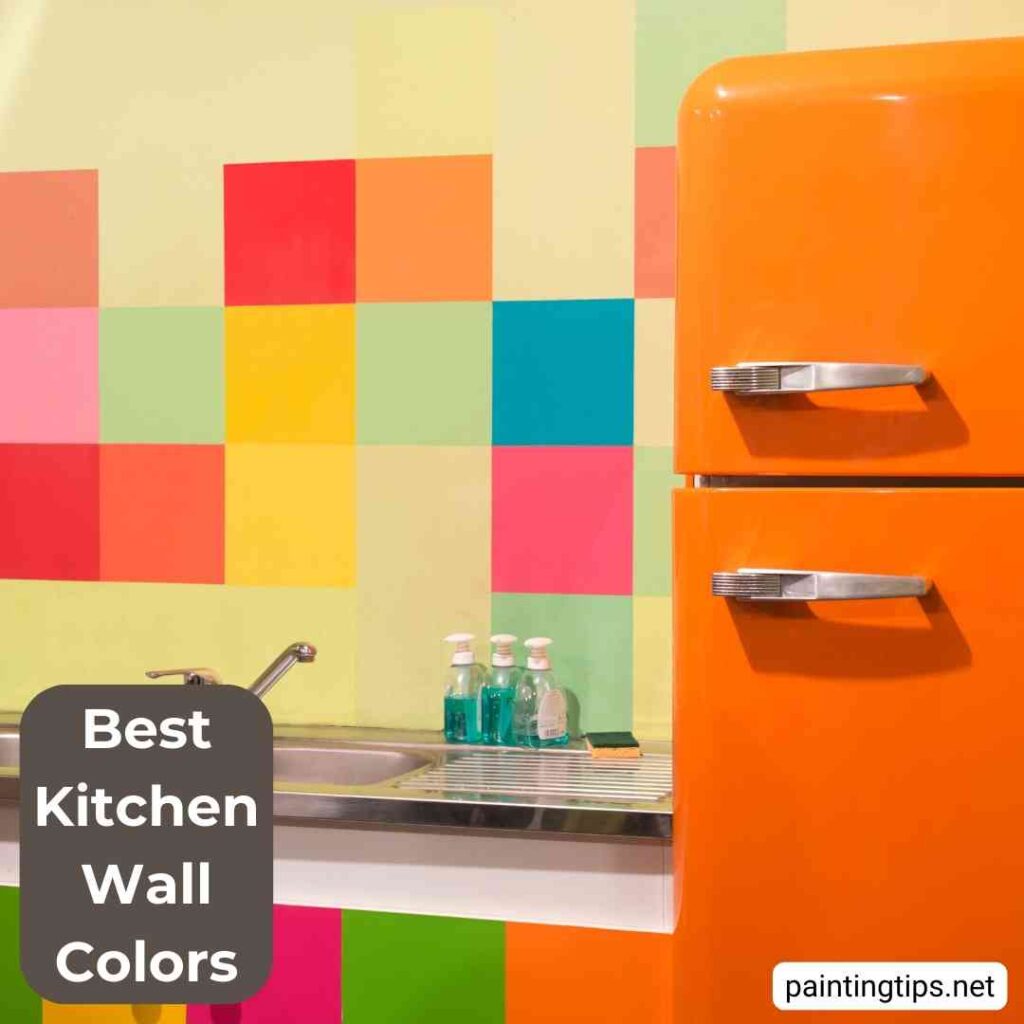
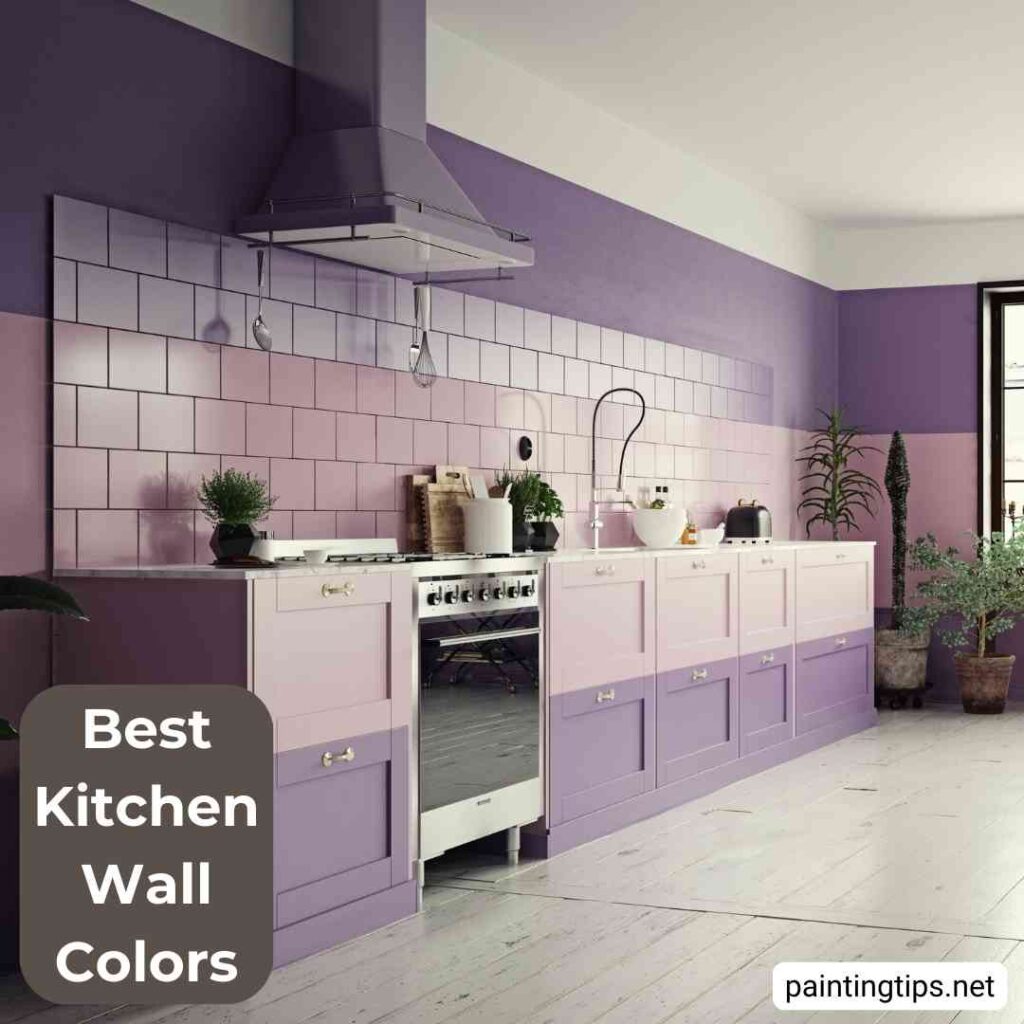

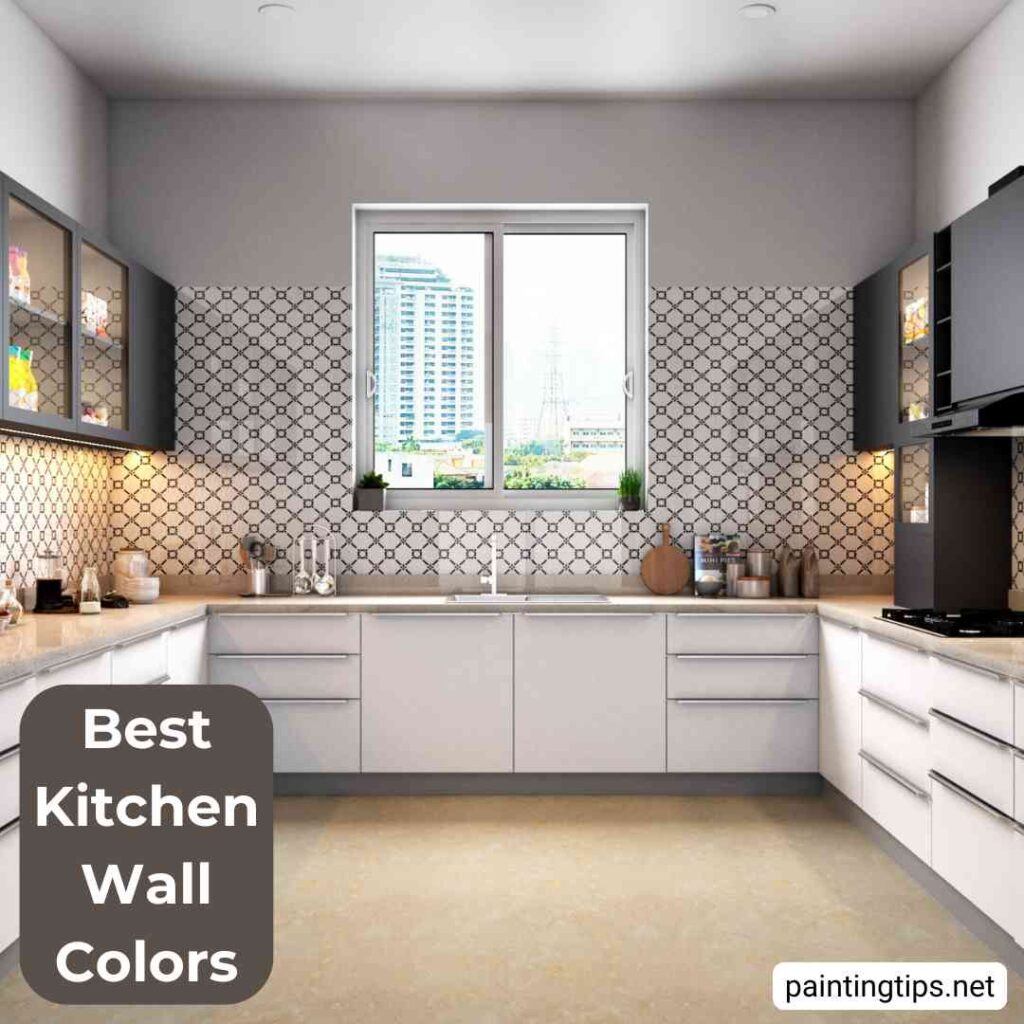
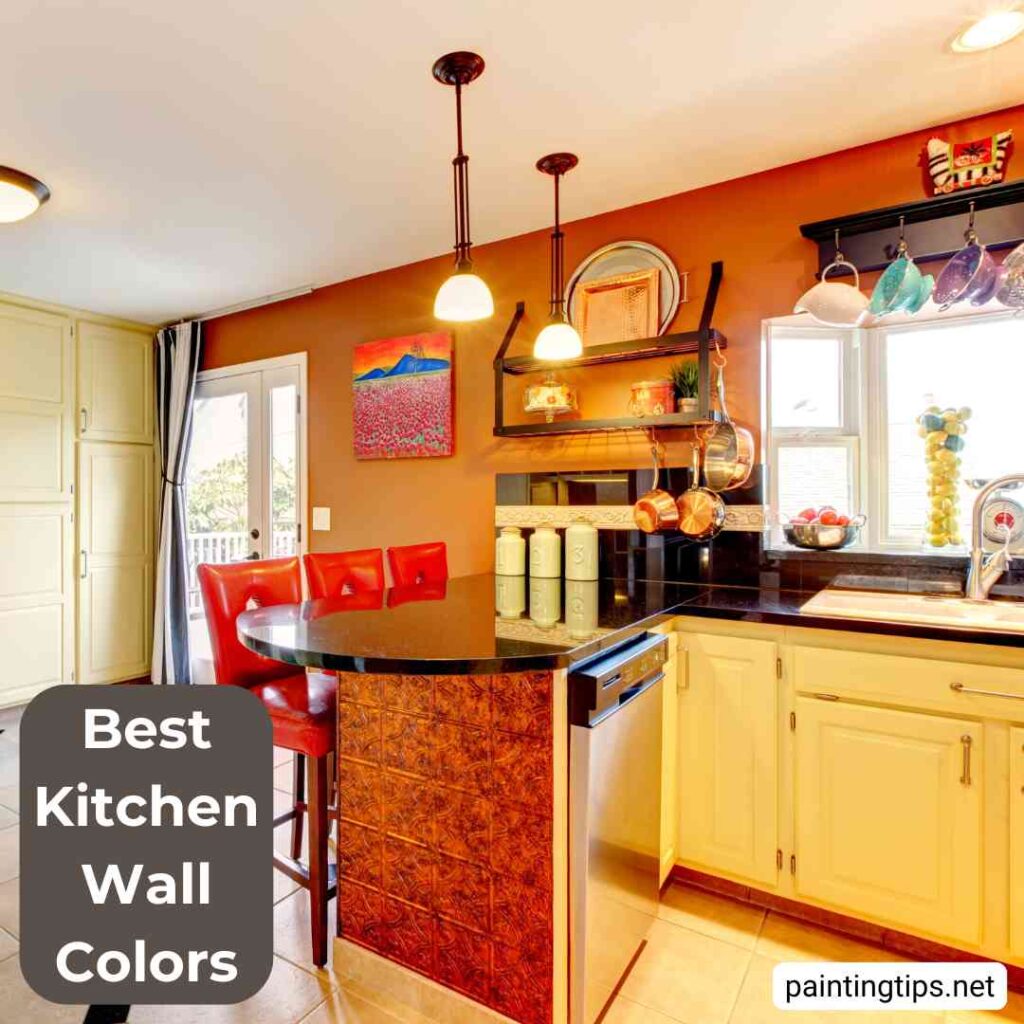
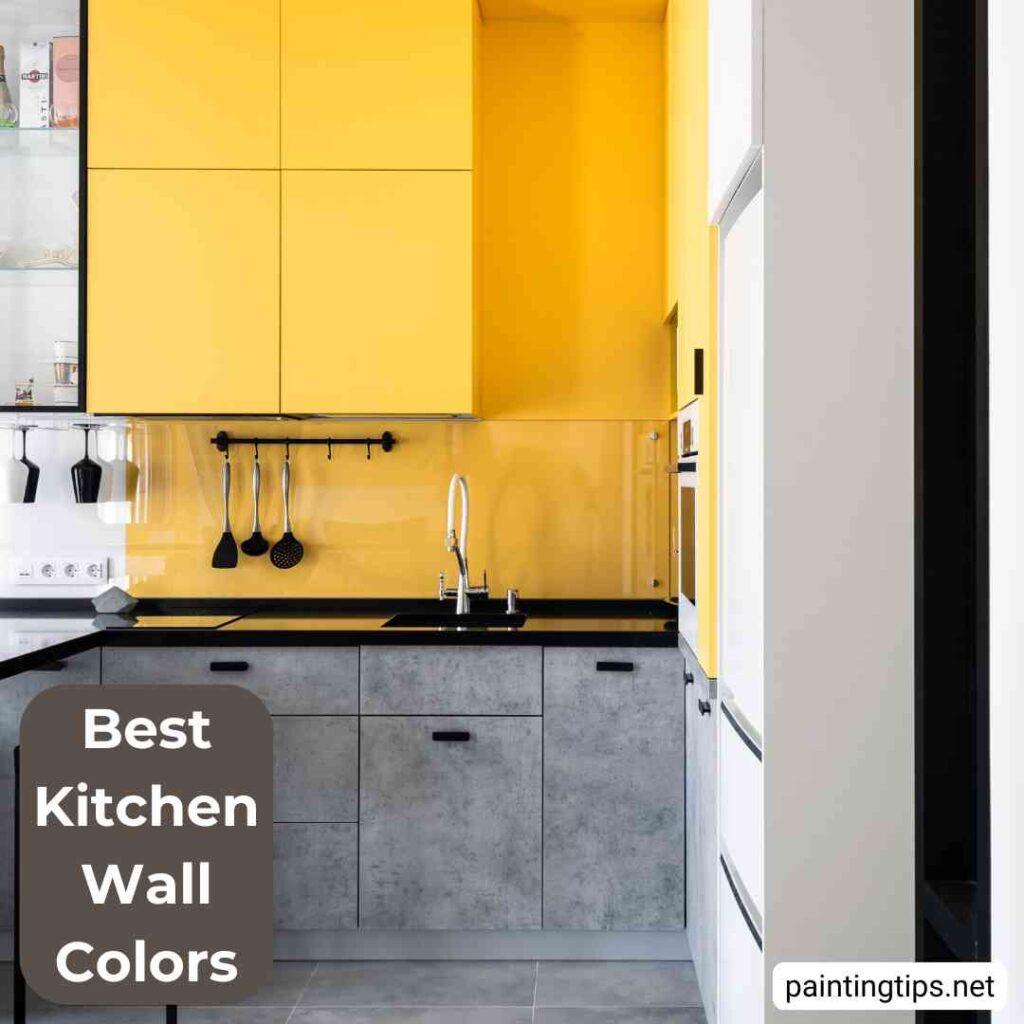
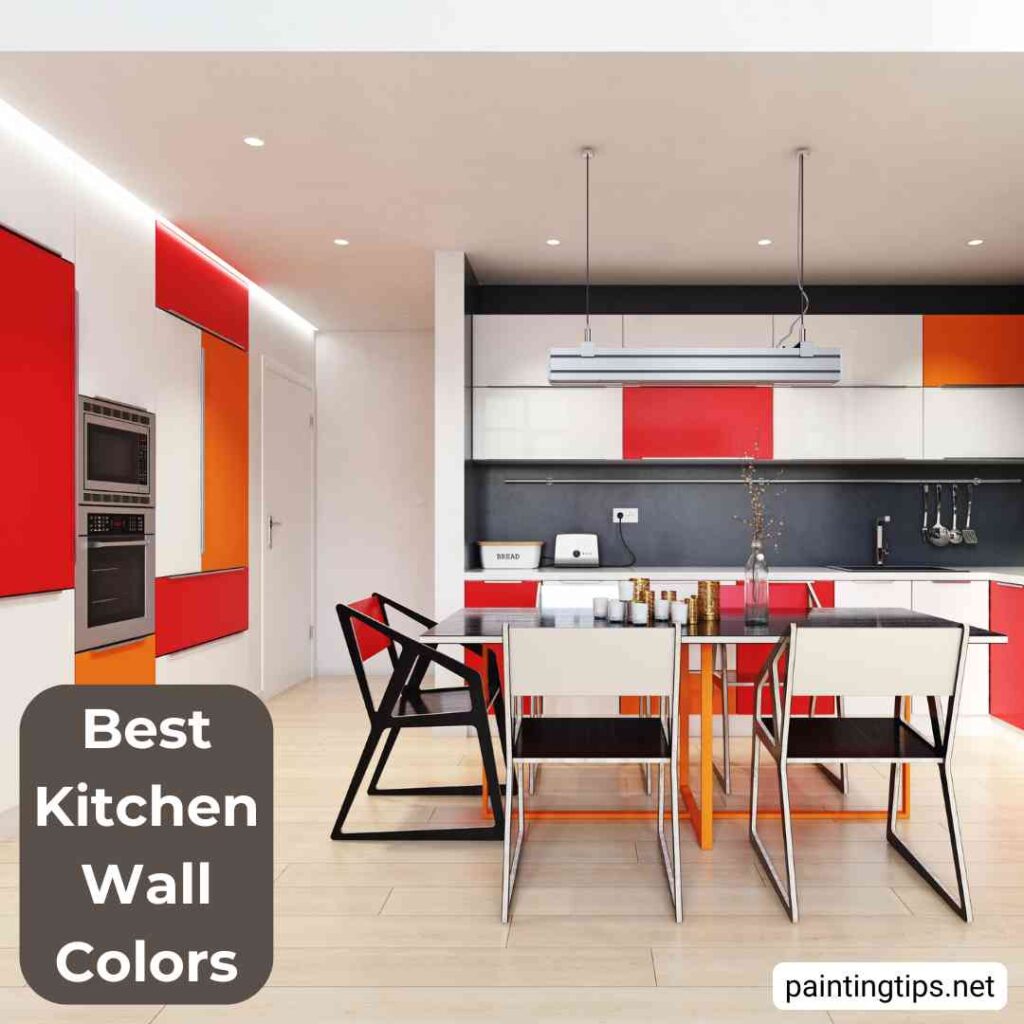
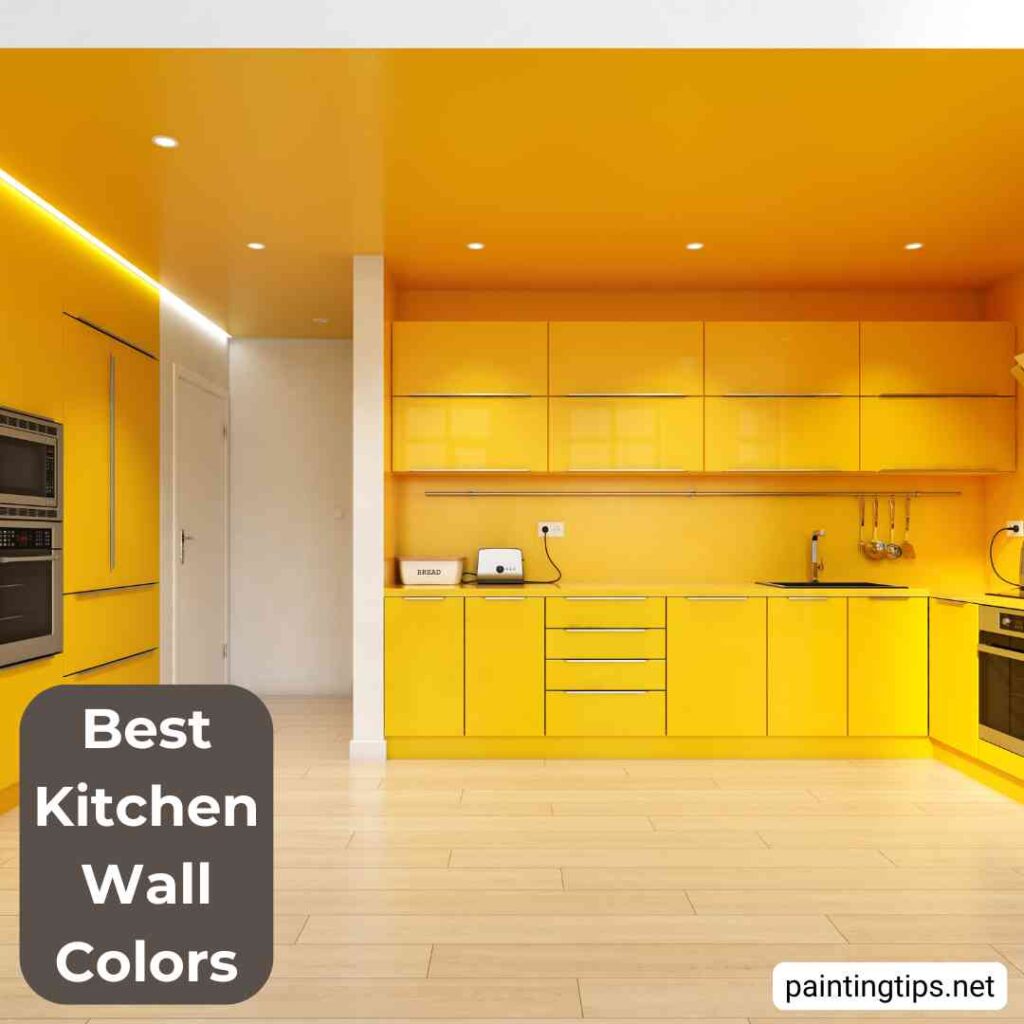
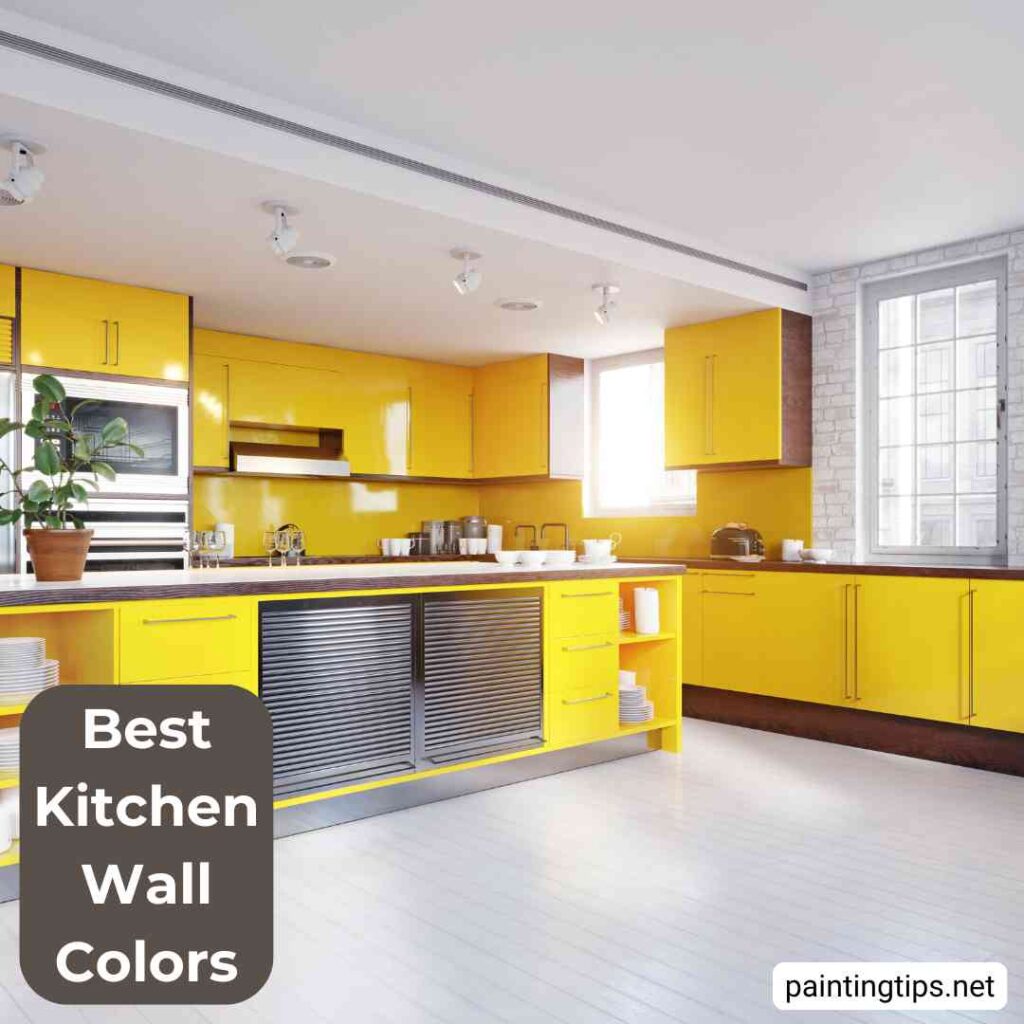
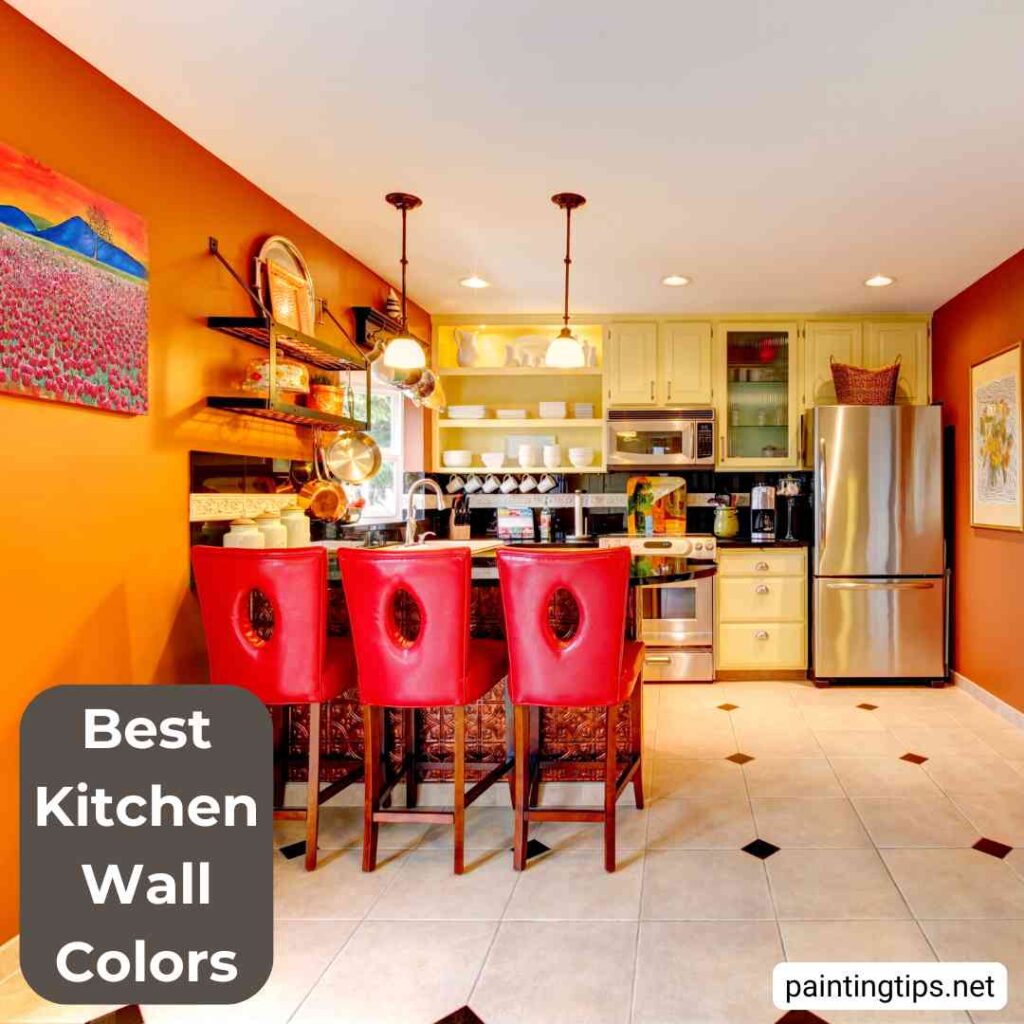

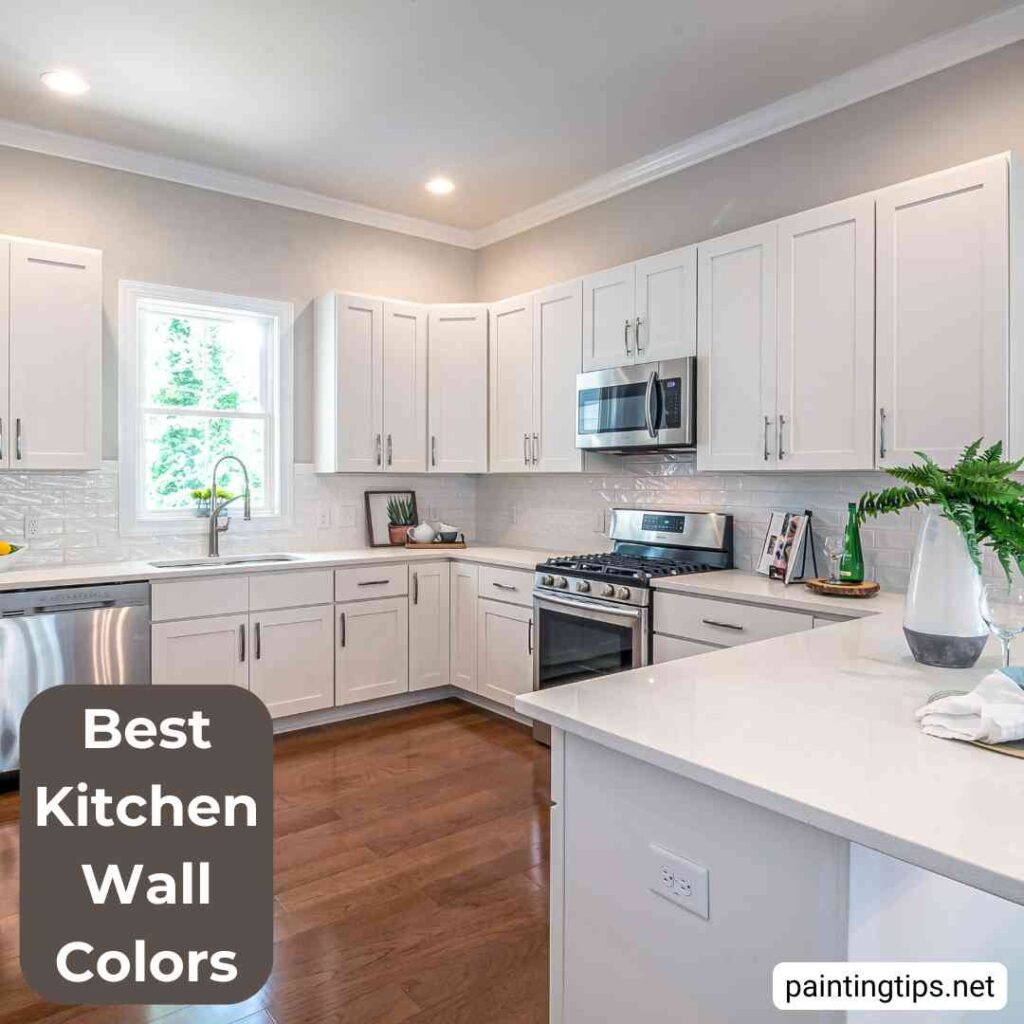
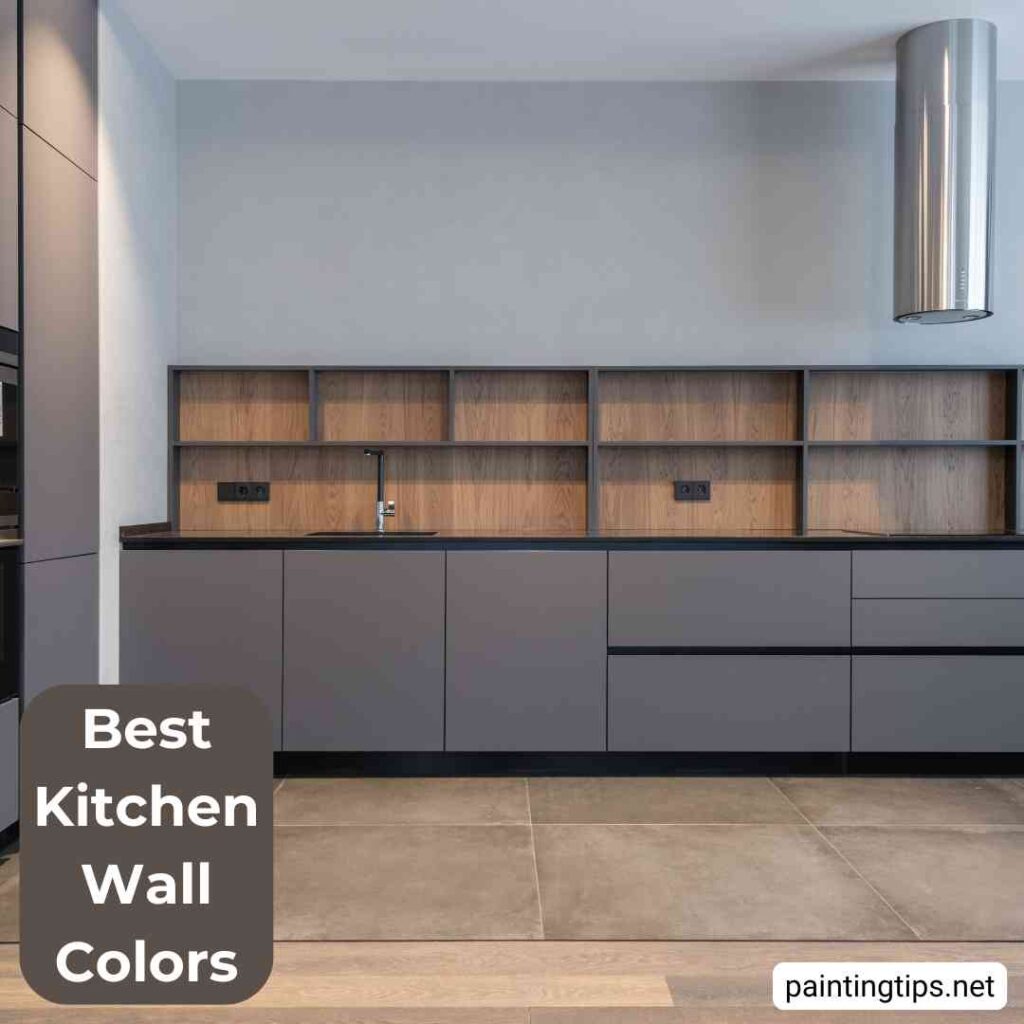
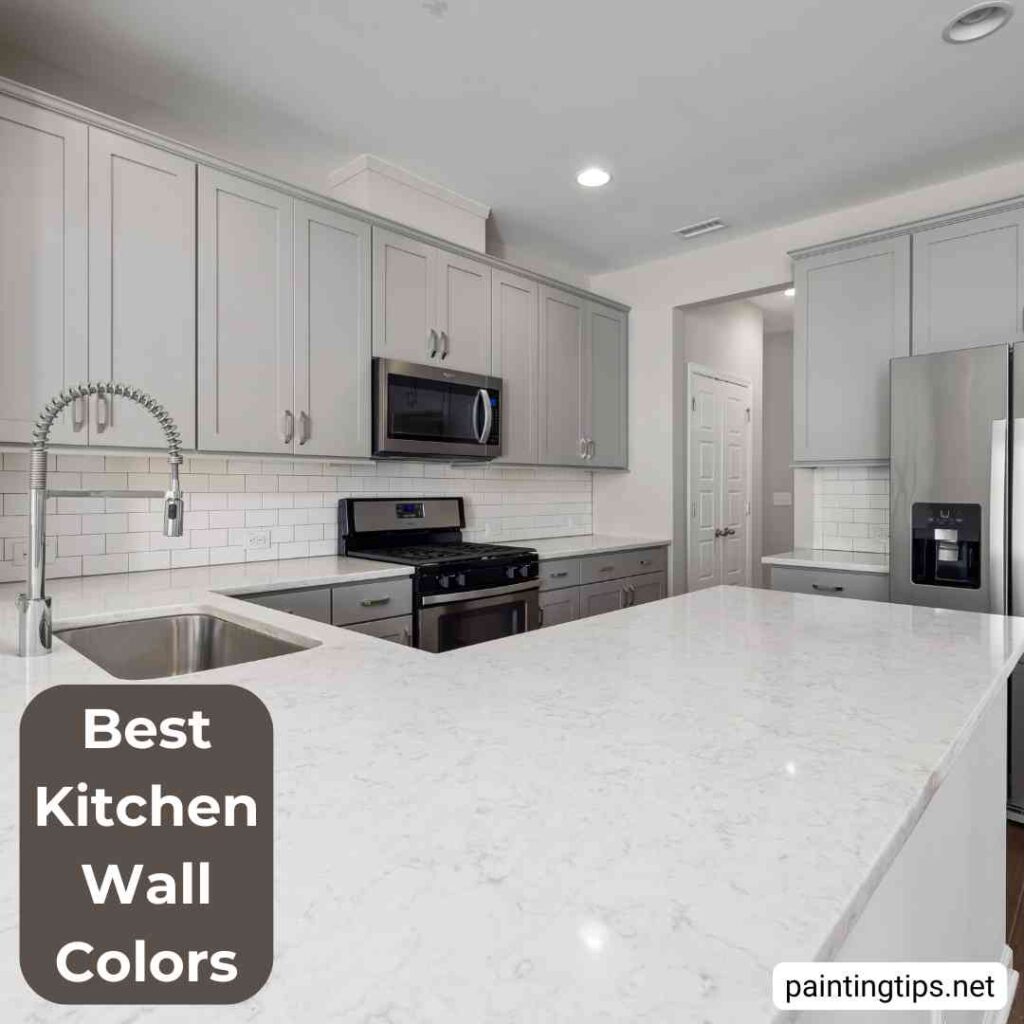
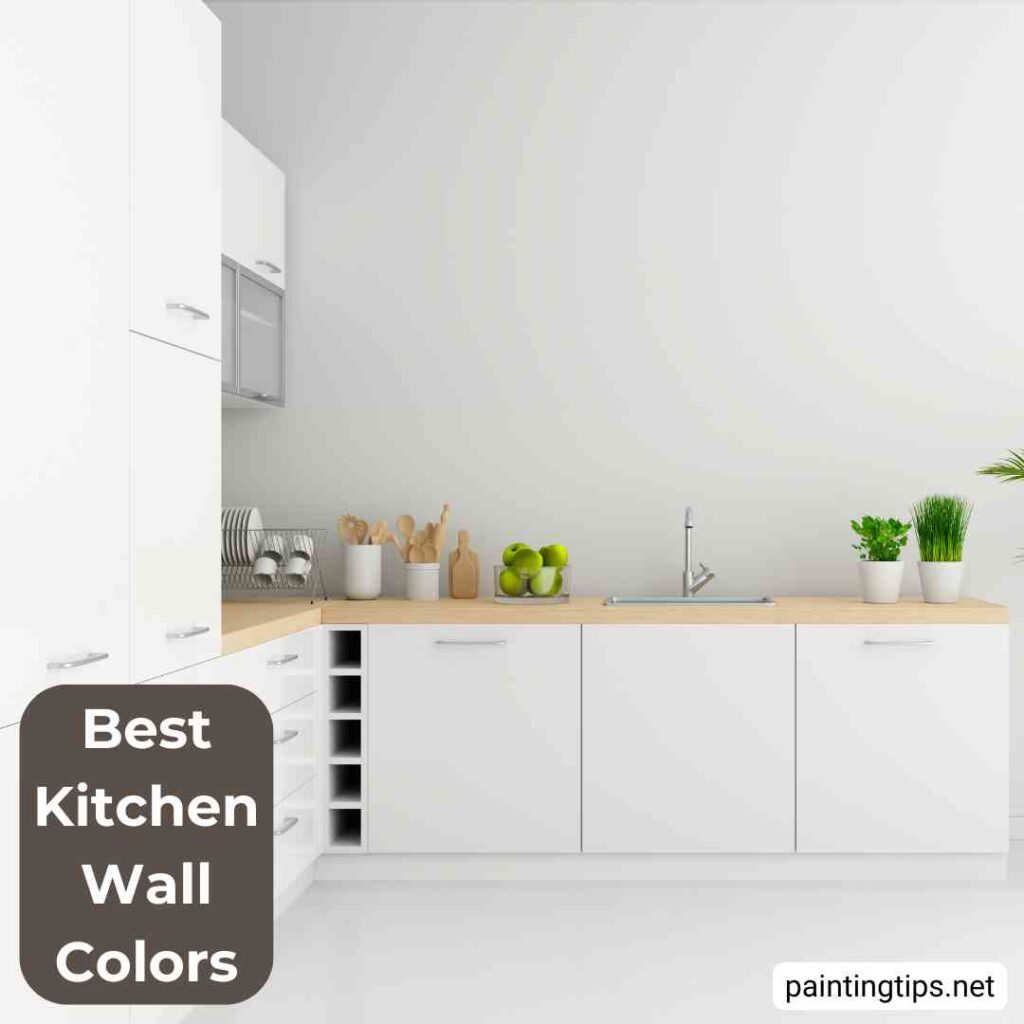
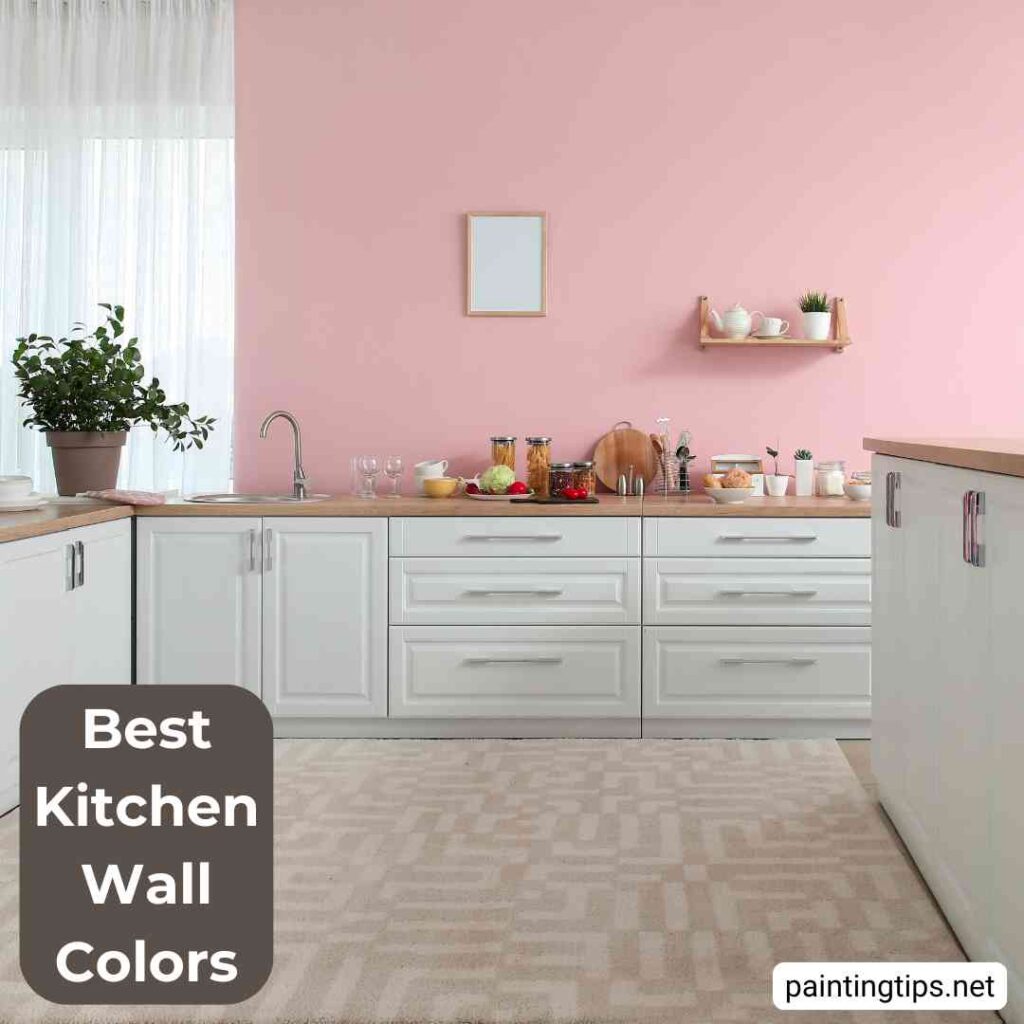
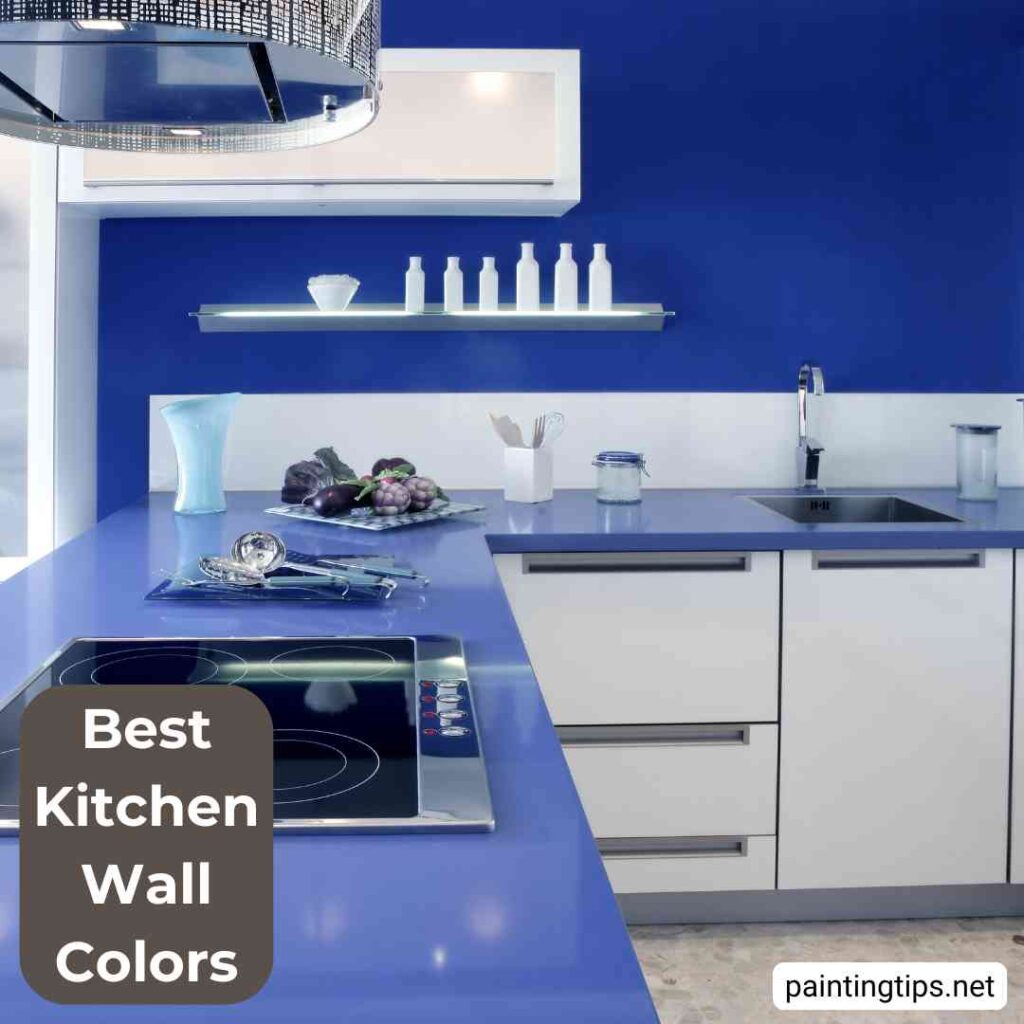
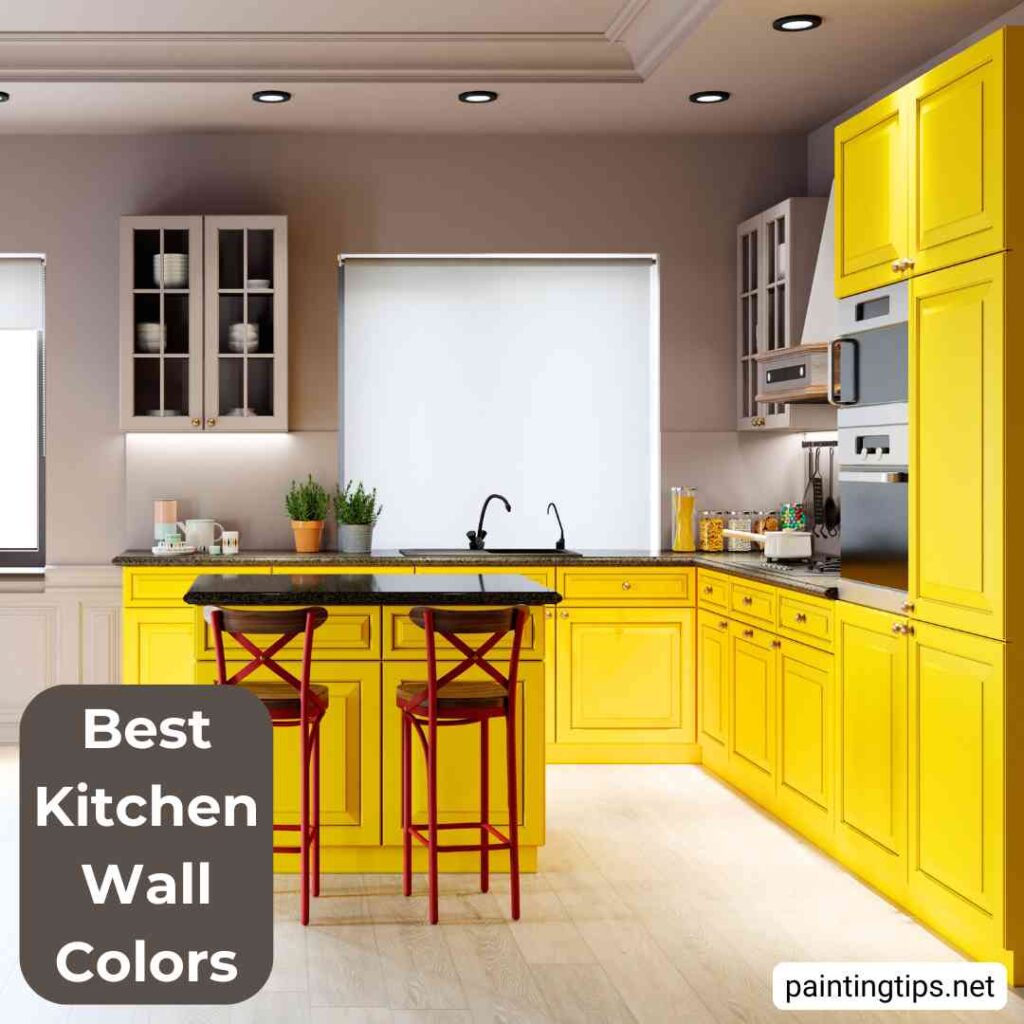
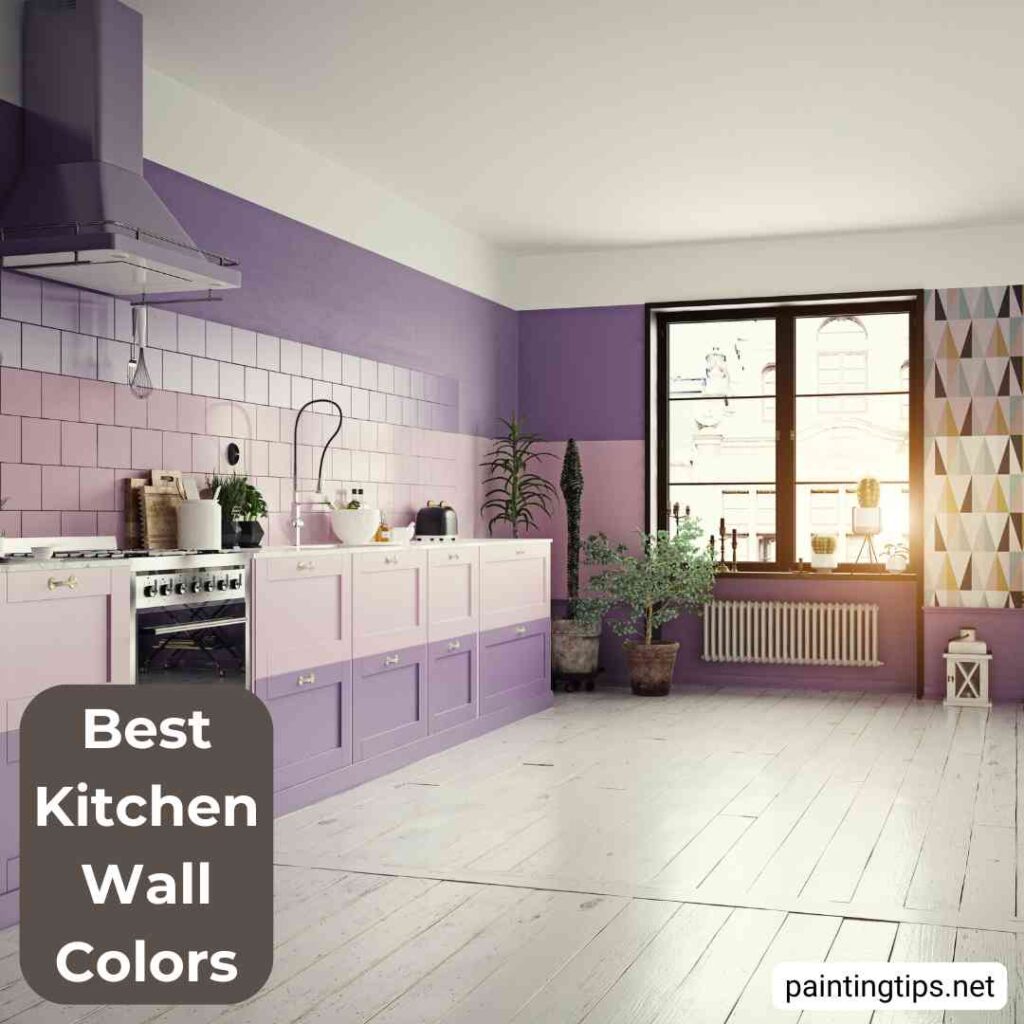
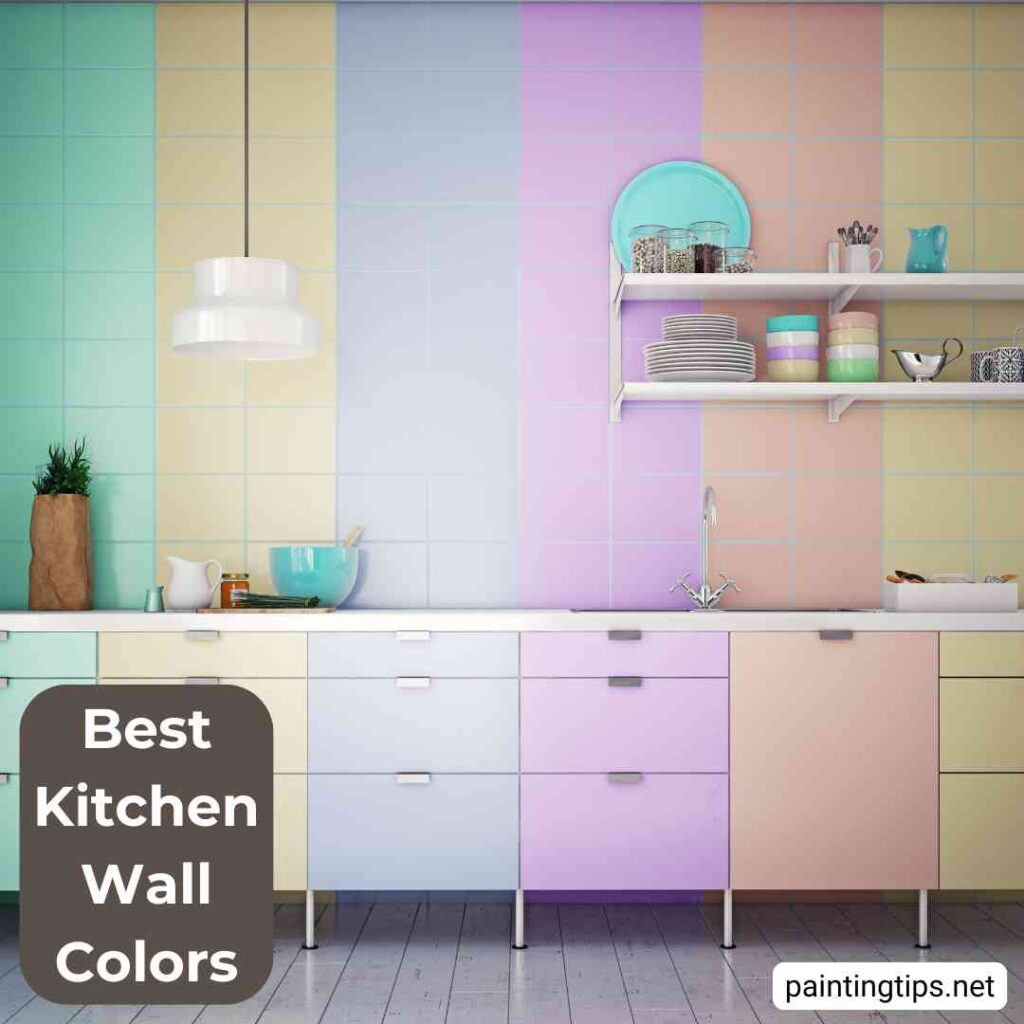
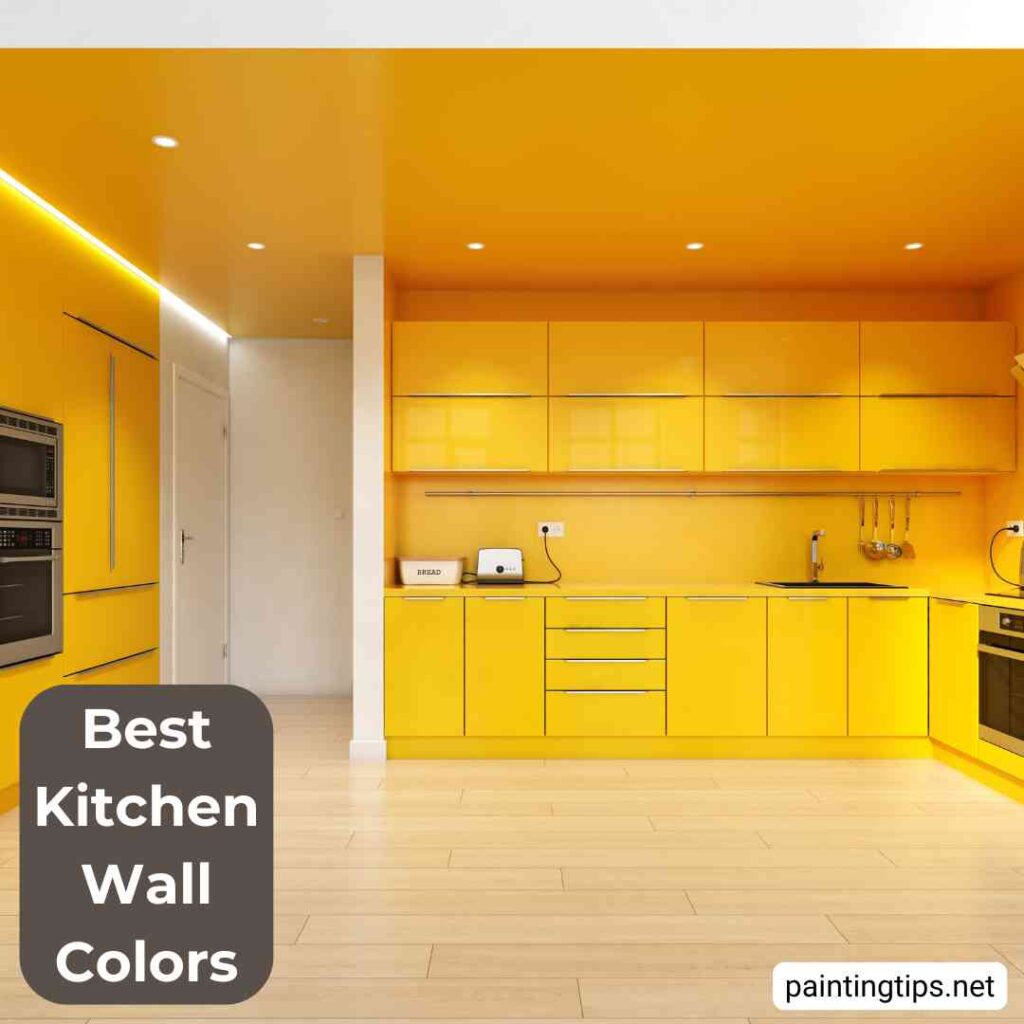

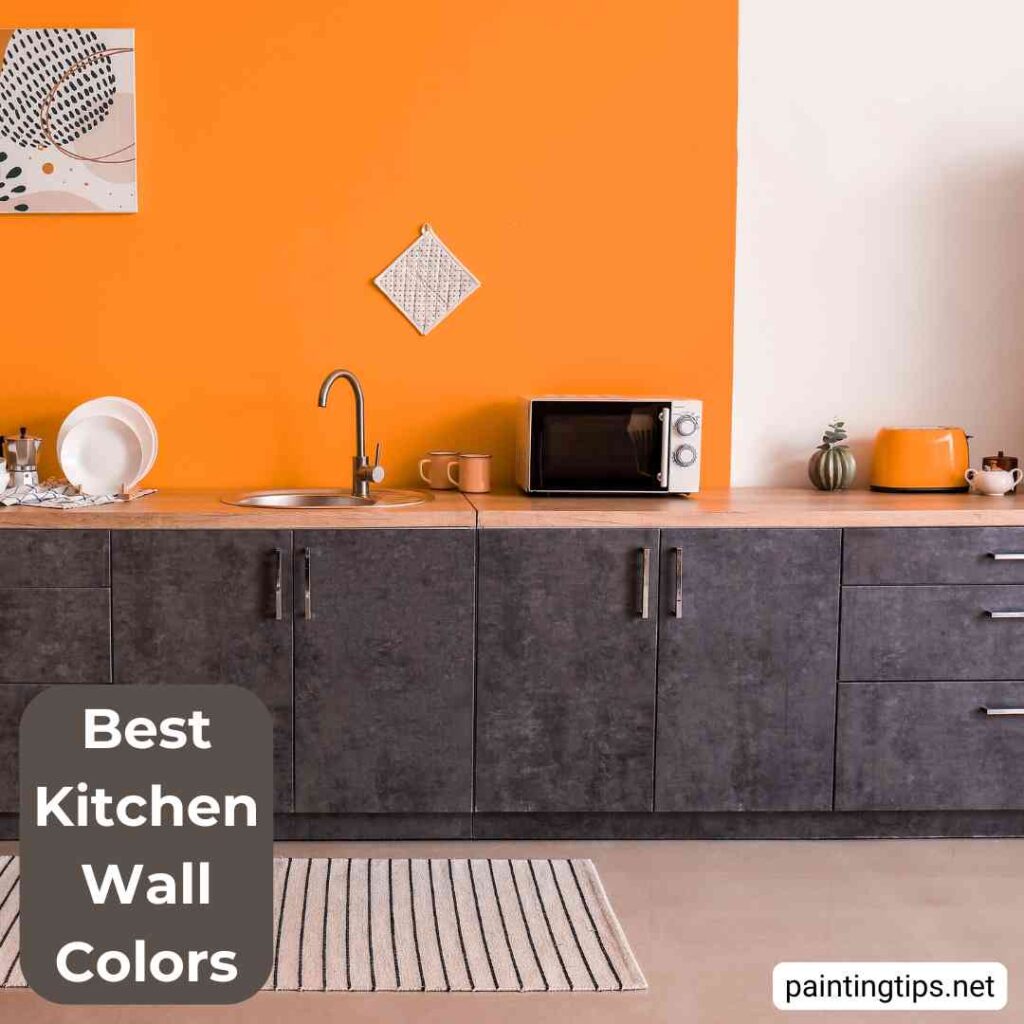
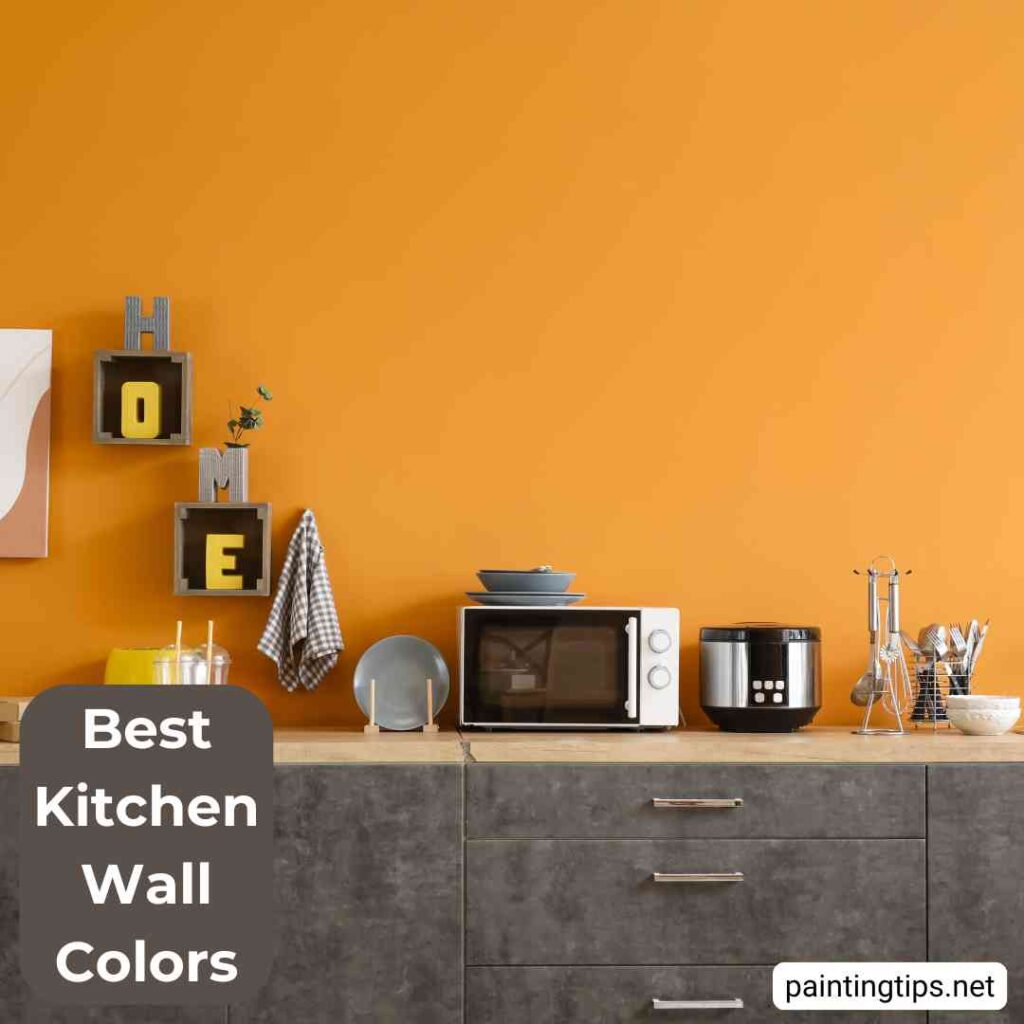
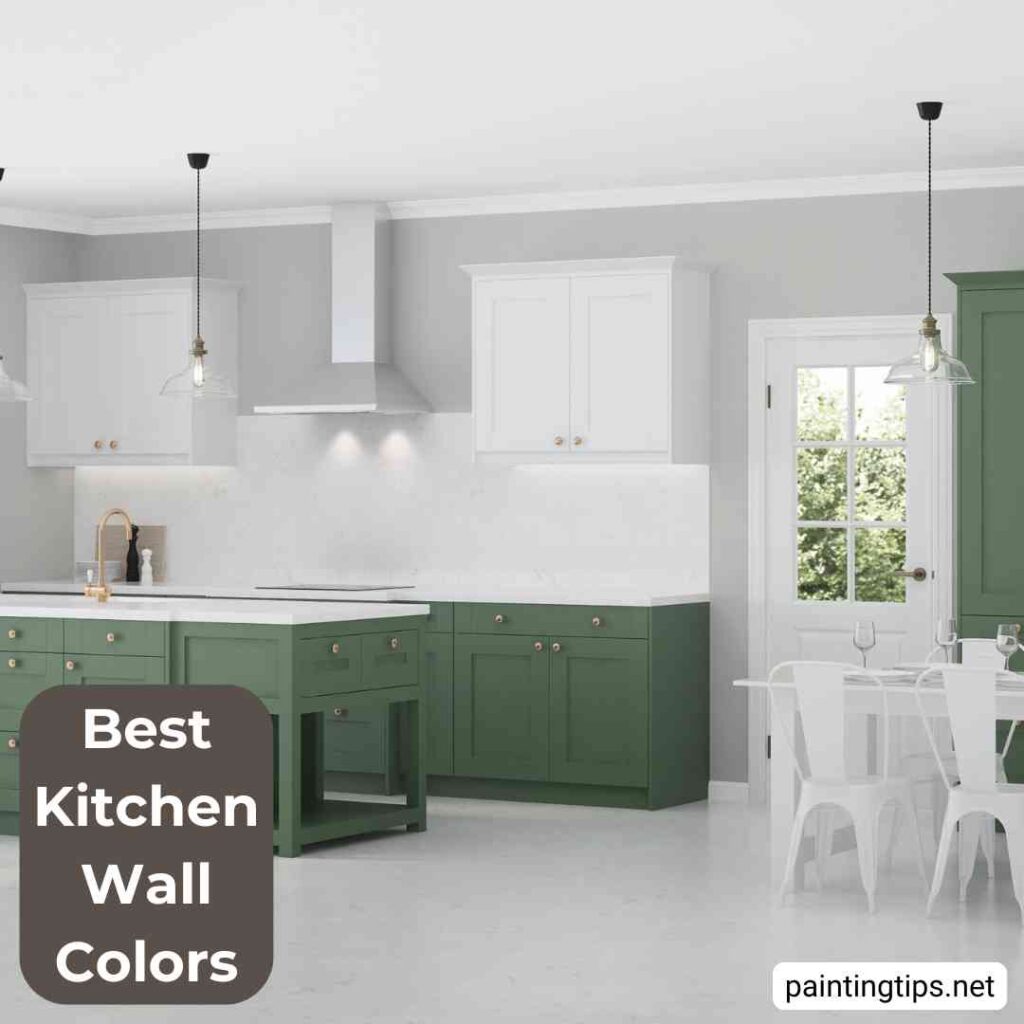
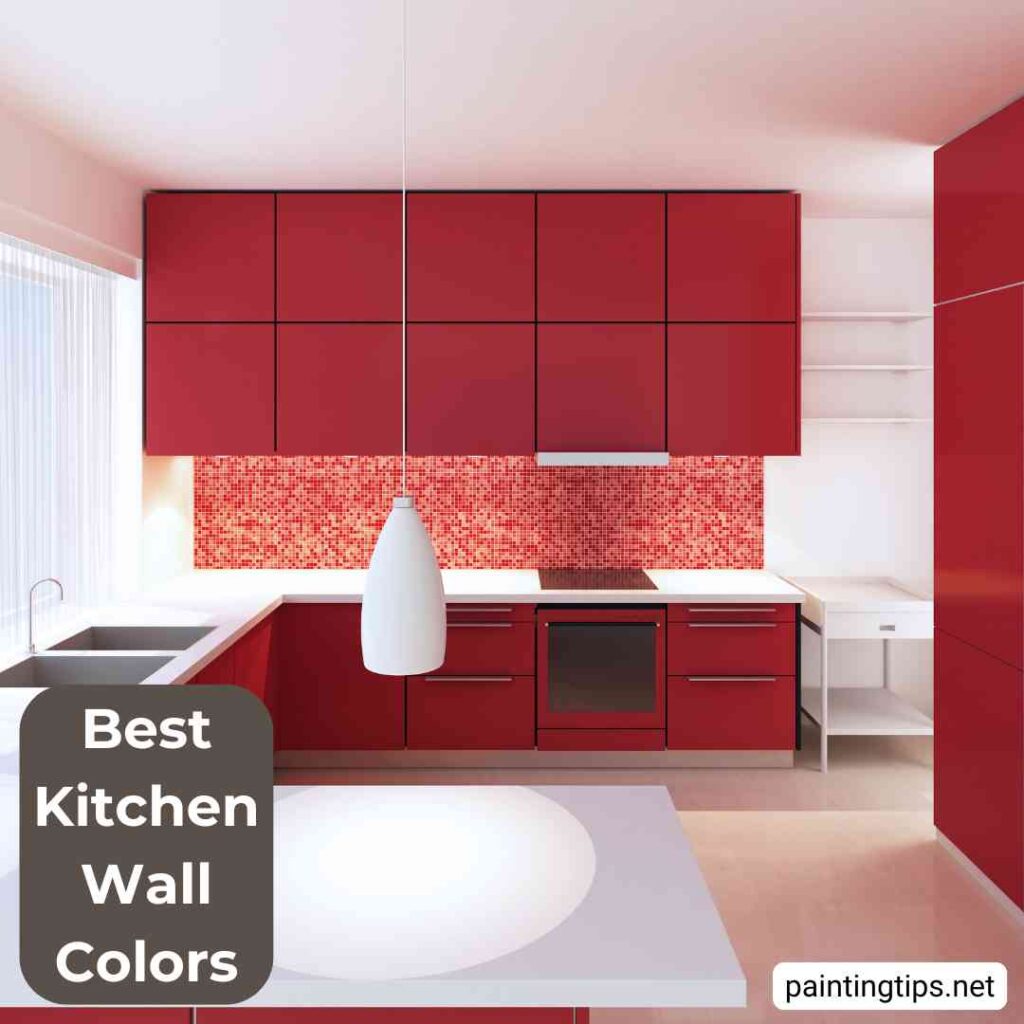
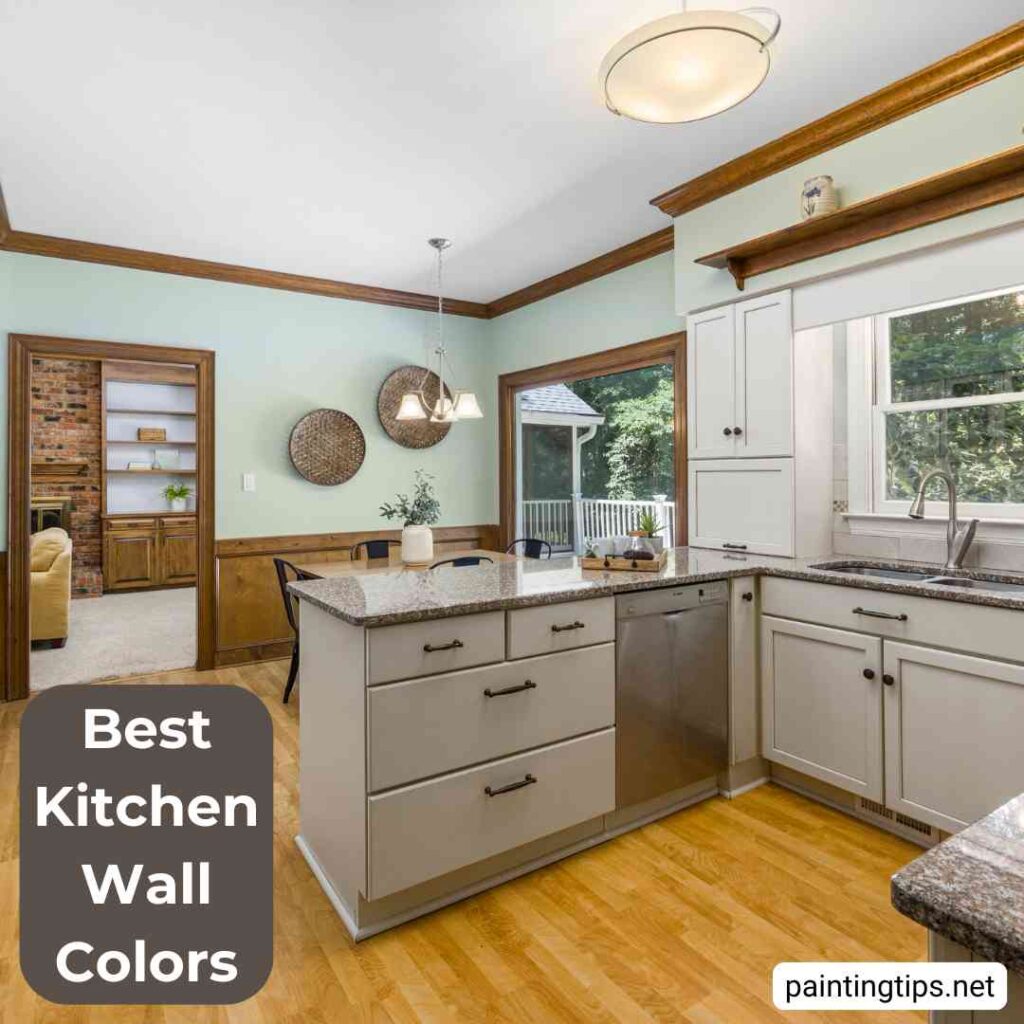
What Color to Paint My Kitchen Walls?
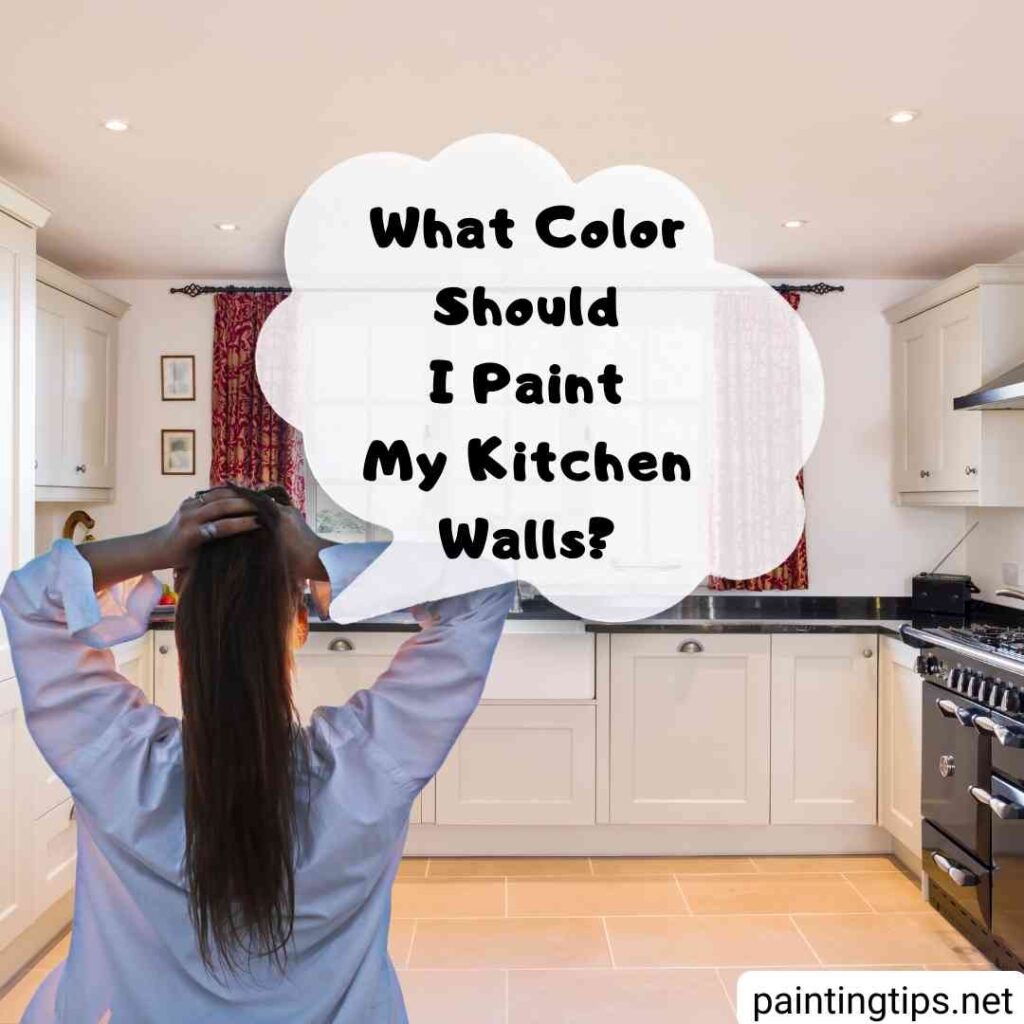
Choosing the right paint color for your kitchen walls goes beyond aesthetics—it’s about creating a space that reflects your personality and enhances daily functionality. The right shade can make your kitchen feel more spacious, brighter, and even cozier. Here are some key points to help you make a smart and stylish choice:
1-Coordinate Wall and Cabinet Colors
Start by considering how the wall color interacts with your kitchen cabinets. While it’s common to paint the cabinets and walls in contrasting colors, some kitchens go for a clean, unified look with an all-white palette. White walls and cabinets can make the space feel larger and brighter, though they may require more frequent cleaning.
2-Complement the Furniture
Since walls and cabinets often differ in color, your kitchen furniture plays a key role in tying everything together. If repainting furniture isn’t an option, choose a wall color that harmonizes with your existing table and chairs to create a cohesive, balanced look.
3-Factor in Natural Light
Lighting plays a huge role in how a paint color looks. Kitchens with lots of natural light can handle cooler or pastel tones with ease. In contrast, darker kitchens often benefit from warmer or lighter shades to keep the space from feeling too dim or enclosed.
4-Consider the Floor Color
For a well-balanced kitchen, don’t forget to take the flooring into account. A light wall color paired with dark flooring (or vice versa) creates appealing contrast and adds visual interest to the room.
5-Don’t Forget Your Favorite Colors
Your kitchen should feel like you! Think about your favorite shades—whether it’s a calm green, bold navy, soft beige, or classic white. You can bring personality into the space by choosing one of these colors for your walls and tying in accessories or small decor to match.
Should the Color of The Kitchen Wall be Different from Other Rooms?
You can paint the kitchen cabinets with similar colors you use in other rooms. For example, if you use gray in the living room and entryway, you can use gray on the kitchen walls if it matches the kitchen cabinets. But you can also use more vibrant and pleasant colors in the kitchen where the whole family spends time together. Show the entire family’s happiness being together on the vibrant kitchen walls. The entrance to the kitchen can look like a transition to a colorful world.
Should Kitchen Walls be Light or Dark?
It doesn’t matter whether the kitchen cabinets are darker or lighter than the kitchen walls. The important thing is that you achieve contrast with the kitchen cabinets. There should be a significant difference between the colors for comparison. In addition, for a kitchen that does not get light, it would be an excellent choice to make the walls fair and catch the contrast with dark colors in the kitchen cabinets.
Is Grey a Good Color for Kitchen Walls?
If your kitchen is white or a contrasting color to gray, you can use gray in the kitchen. For example, beige, champagne, cream, ivory, etc. “For more information about the color grey, read the article what wolor accent wall goes with grey walls.”
What Color a Kitchen Should Not Have?
You can use all the colors you want in the kitchen. But when painting the kitchen walls, you should consider the harmony with the kitchen and parquet. Avoid using dark colors such as black and anthracite on all walls.
What Color Should You Paint Your Living Room and Kitchen?
The living room and kitchen furniture colors are probably not the same. Therefore, using the same colors in both areas will create a harmony problem. Consider painting the living room furniture and kitchen cabinets in contrasting colors.
What is the Best Light Colour for a Kitchen?
The best light color for a kitchen is white. It goes well with all colors. Off-white and light gray are also good examples of light colors for the kitchen. “Related article: What is the most popular interior wall color?”
Should You Paint Your Walls the Same Color as Your Kitchen Cabinets?
Yes, you can paint your kitchen walls the same color as your kitchens. However, it is not a very popular way of painting. “Related article: How to change color of cabinets without painting?”
What Colours Look Best on Small Kitchen Walls?
The best color for a small kitchen is white and colors close to white. This makes the kitchen look bigger and more spacious. White, off-white, ivory, light yellow, etc.
What Color Walls Make a Kitchen Look Bigger?
Light-colored walls make your kitchen look bigger. Mainly white, off-white, light cream, light gray, etc. “Related article: What colors make a room appear larger?”